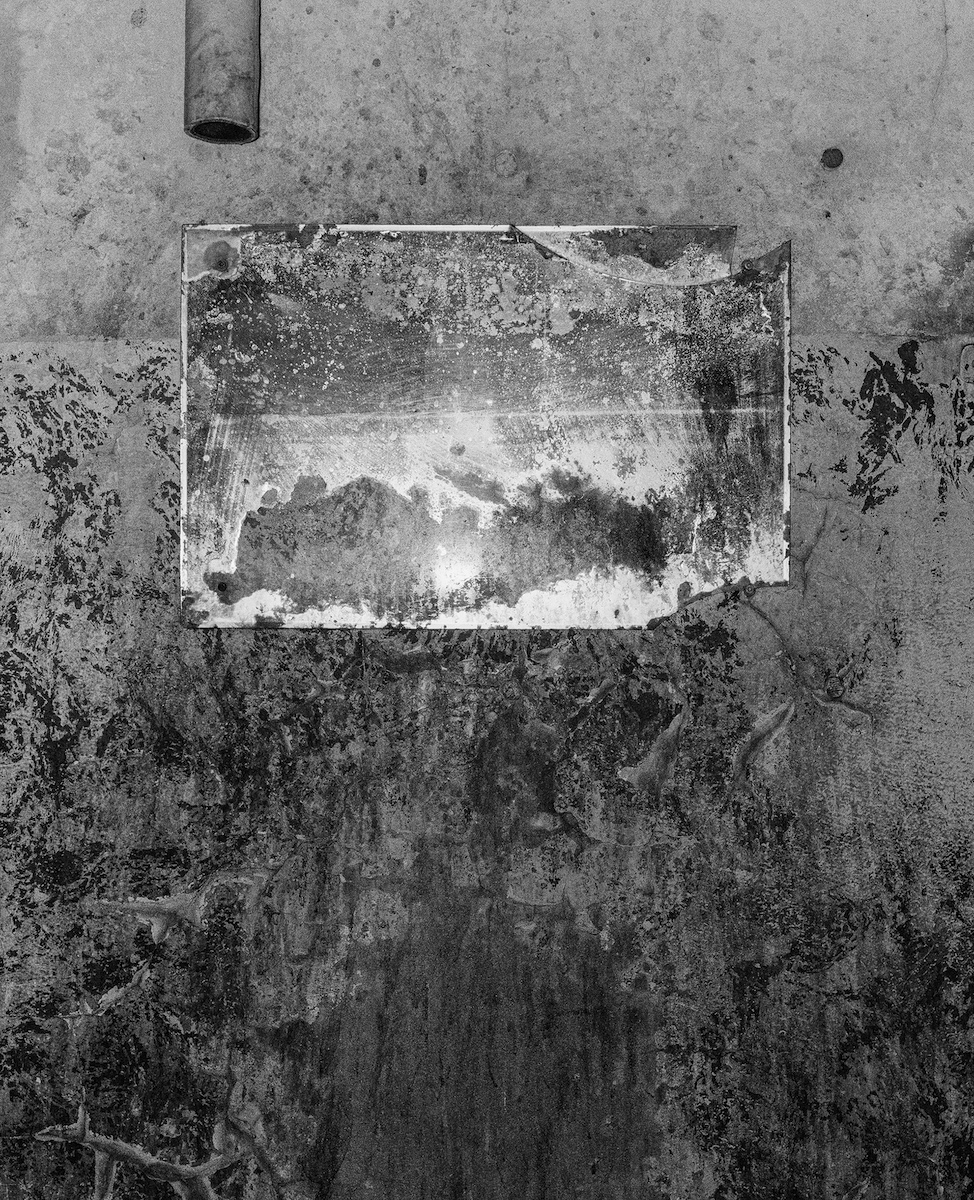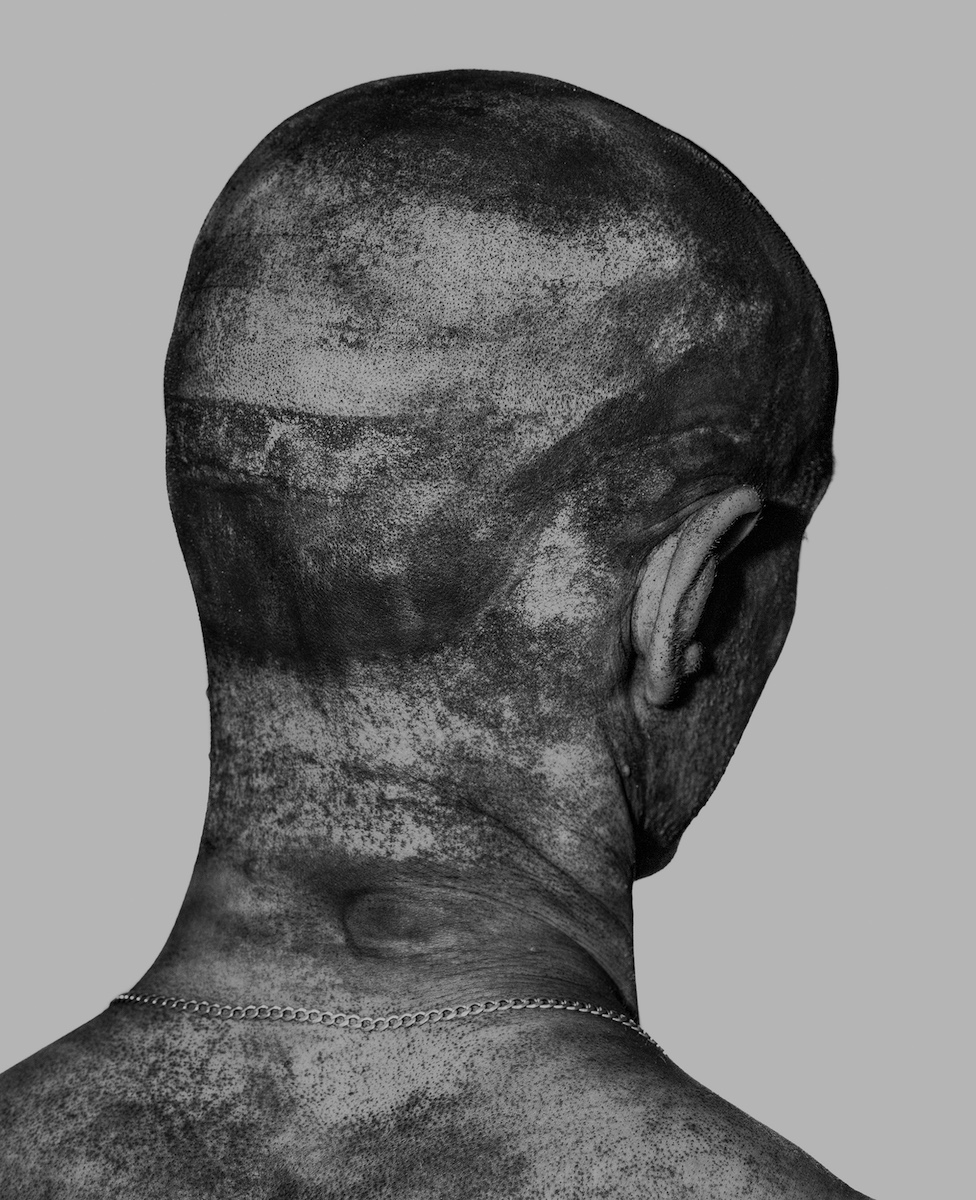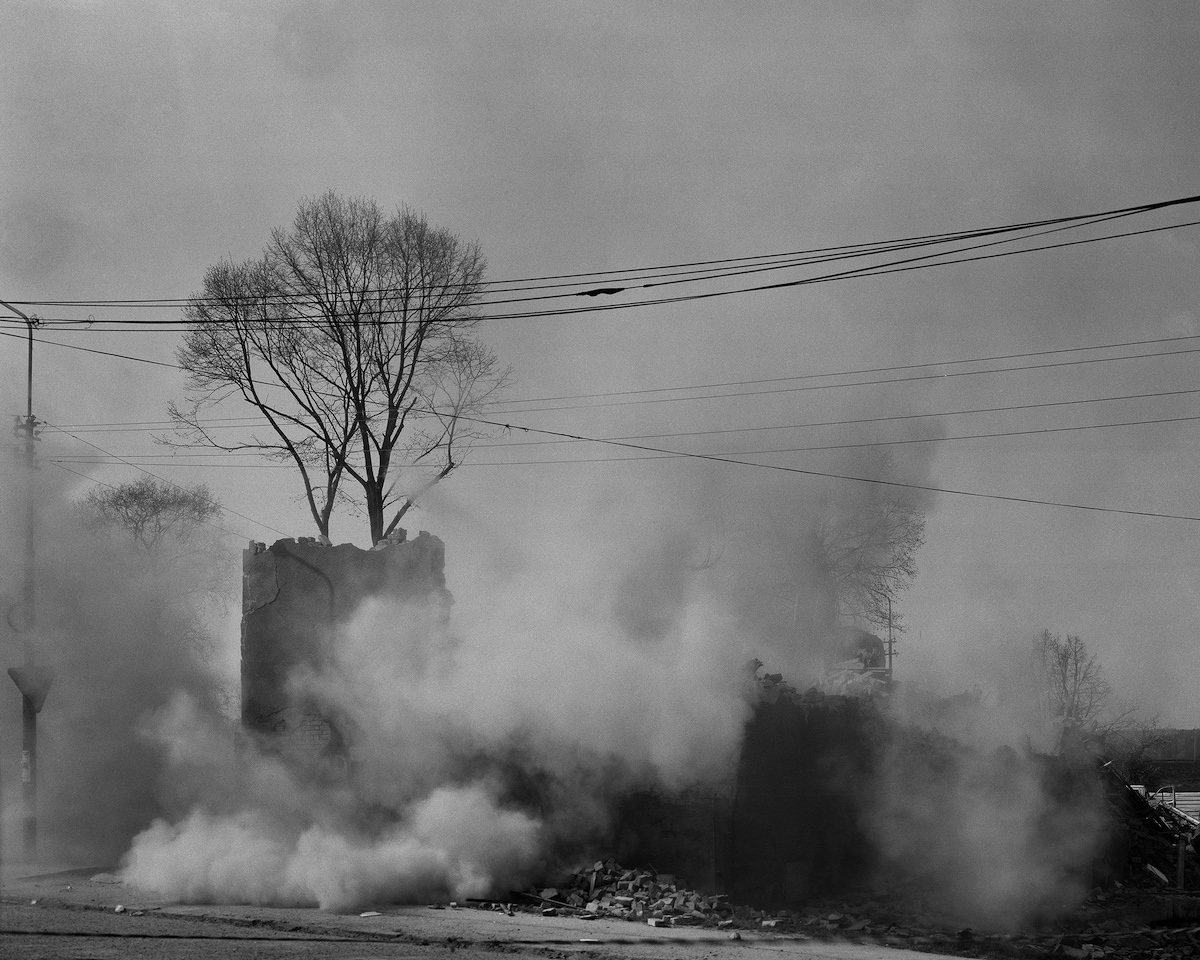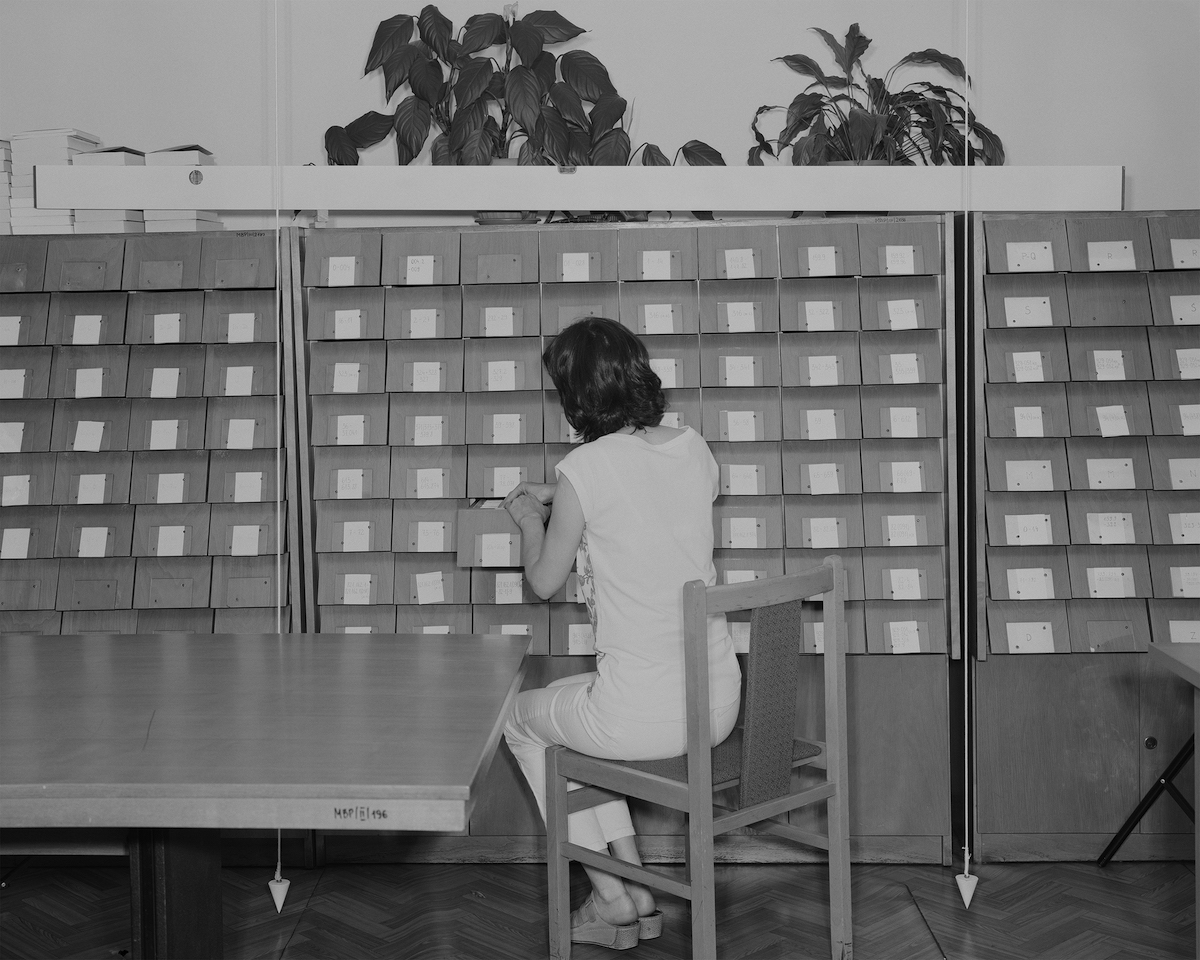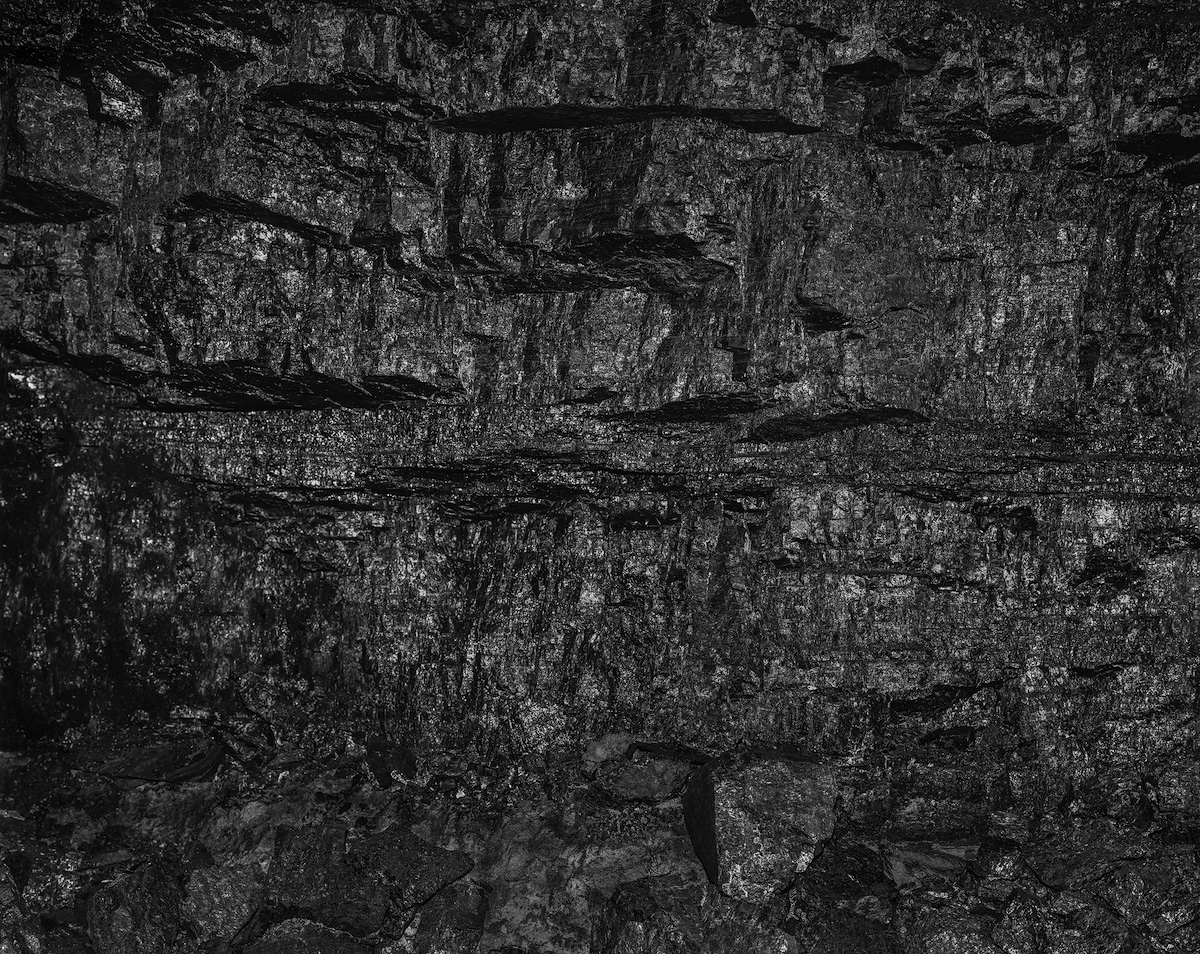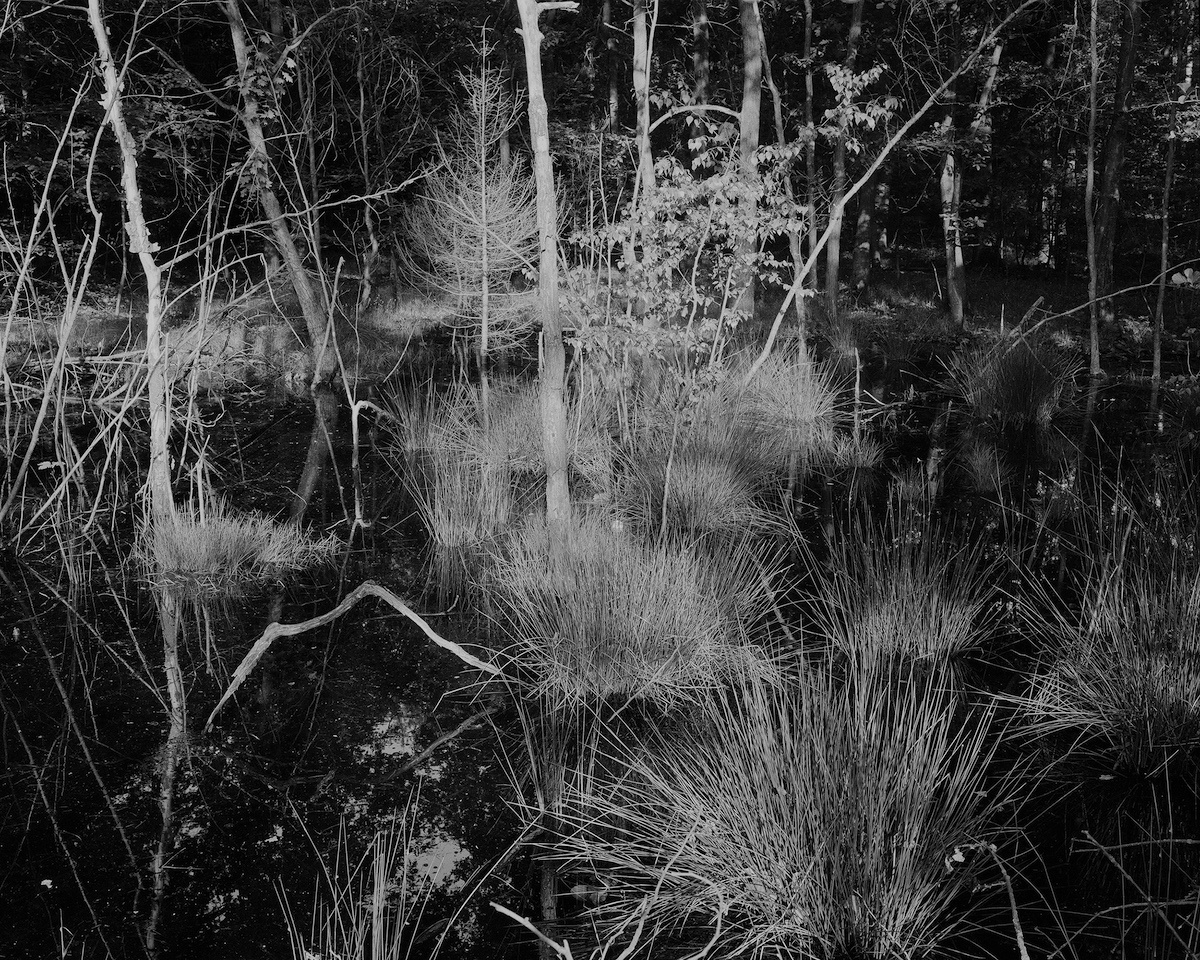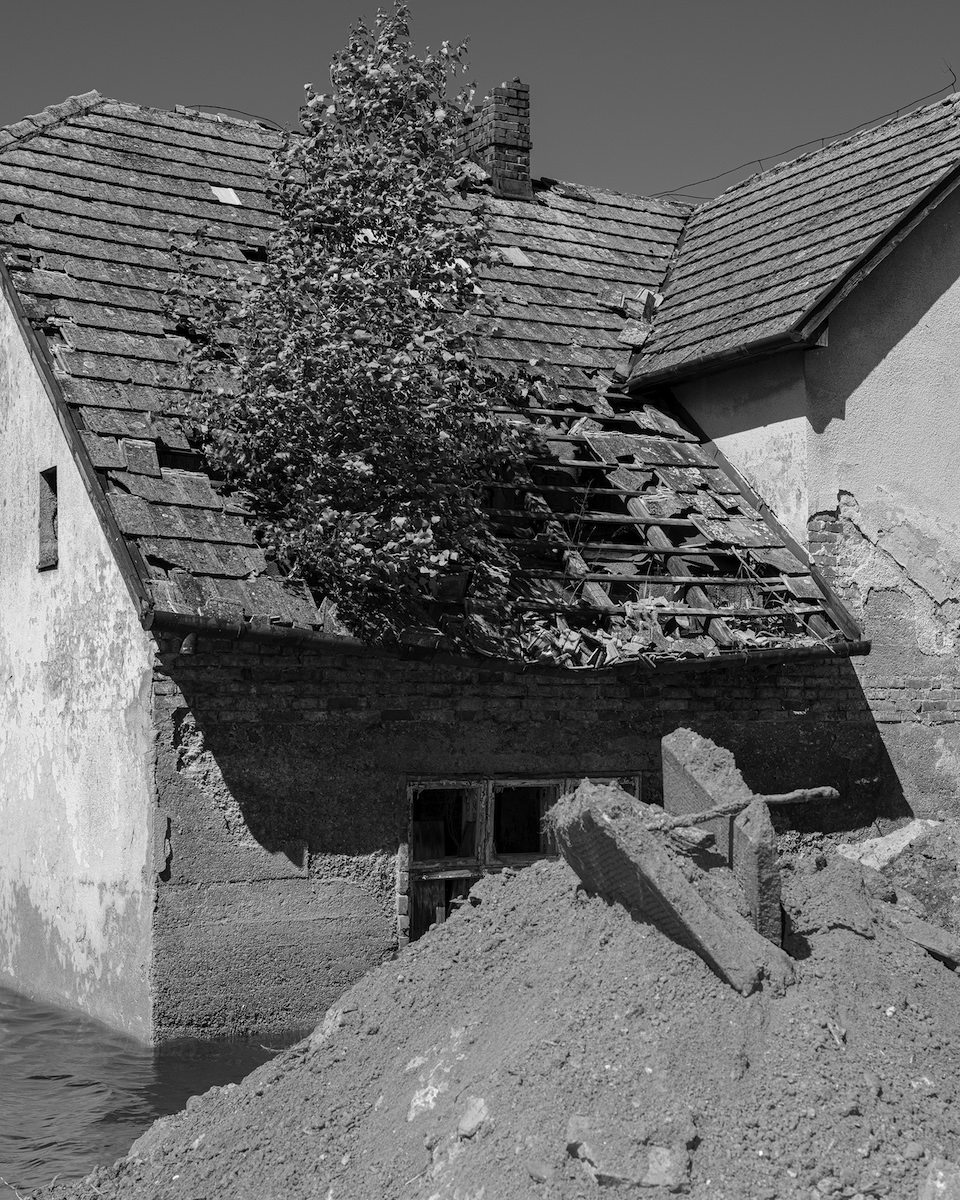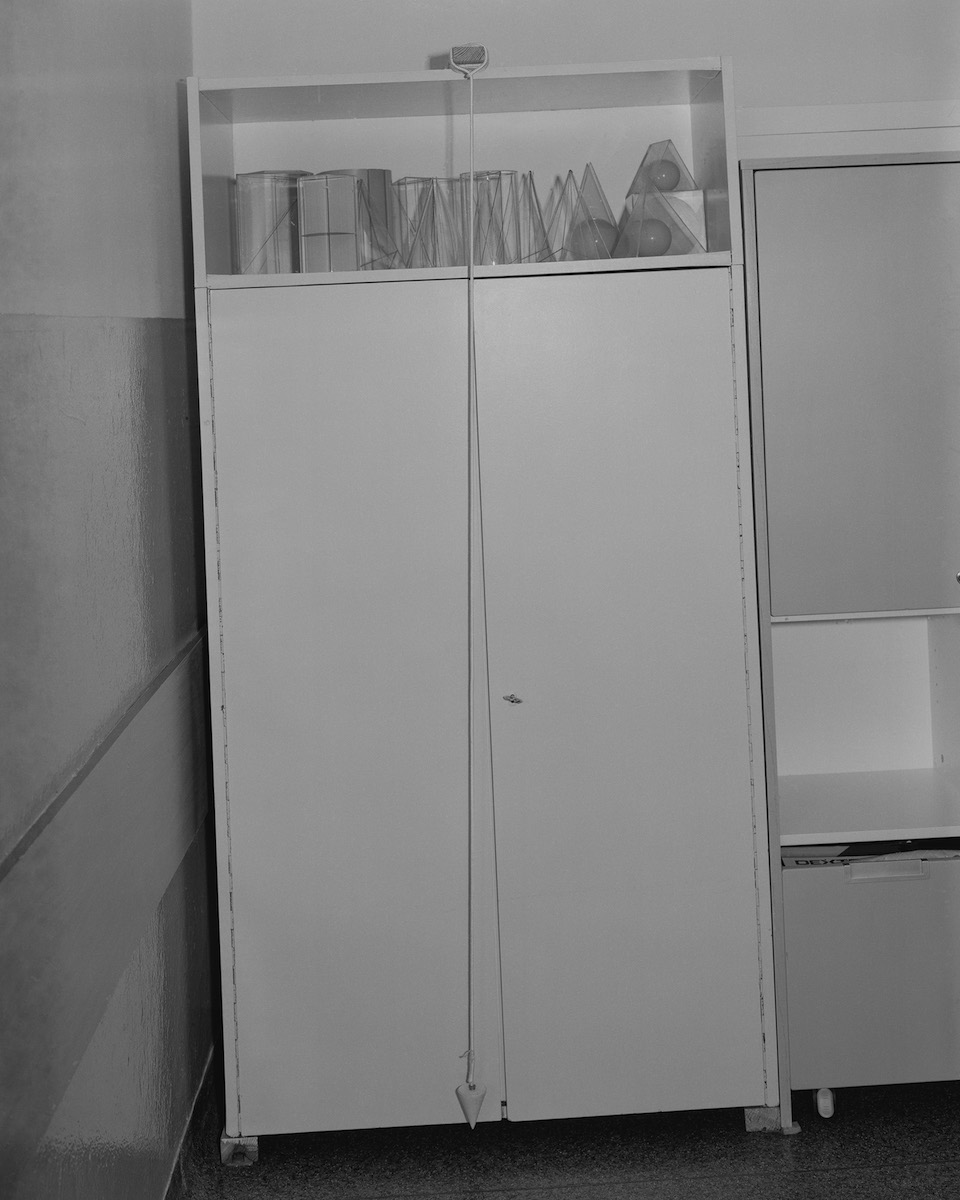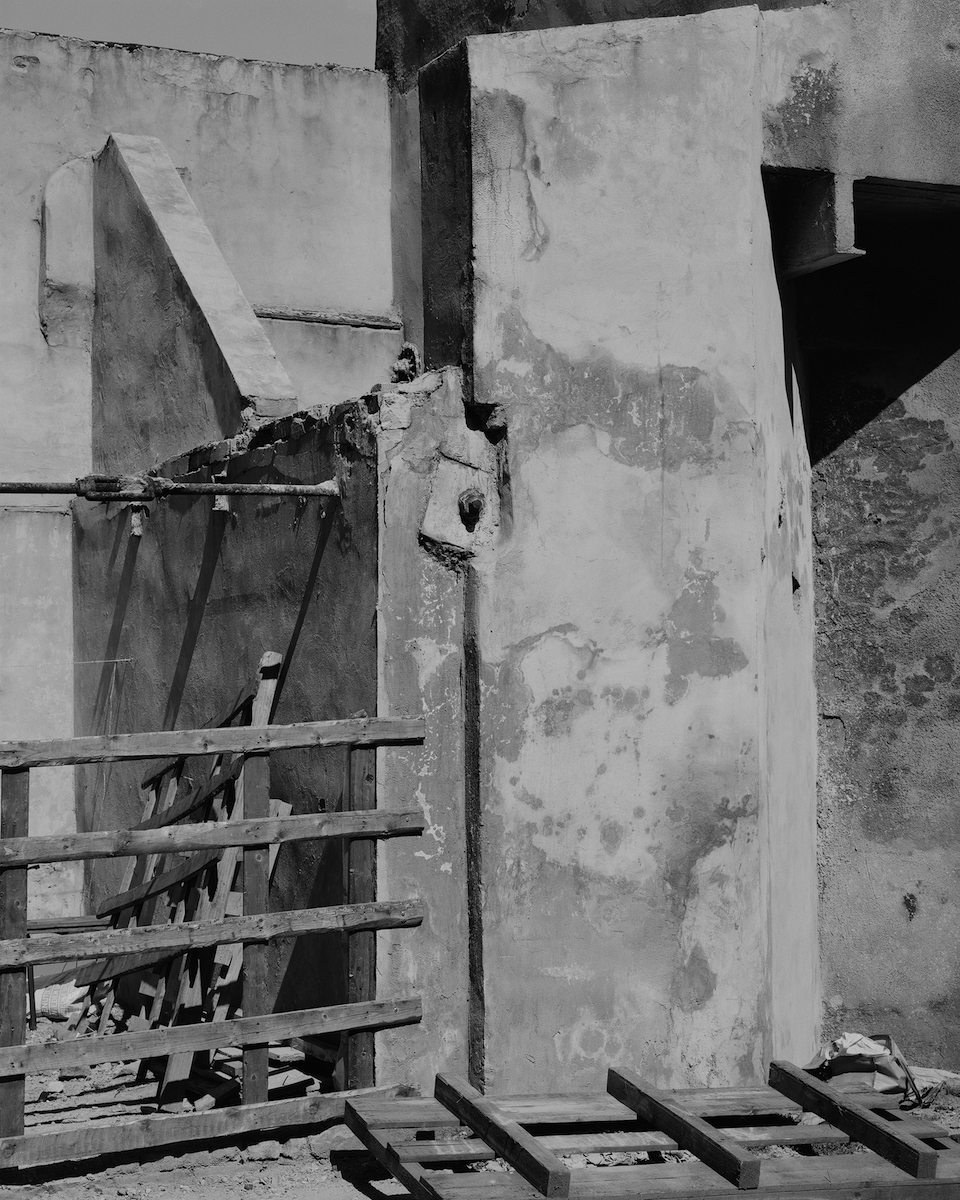‘If we close everything in one go, it will be a disaster.’ Photographer Michal Luczak on the troubling fate of Poland’s coal industry
This is our PolandMichal Luczak was born and brought up in Katowice, a city in the Silesian region of southern Poland. He’s lived abroad and is part of Sputnik Photos, a collective which became famous shooting countries across the post-Soviet region. He moved back to Katowice 10 years ago and has dedicated numerous photo stories to the area. His project Brutal, for example, looked at Katowice Railway Station, built in 1972 but demolished in 2011; Forest Works is an ongoing project on local forestry; with Extraction, he looks at the region’s coal mining industry, that even today employs more than 70,000 people.
It’s something that’s been shot before by outsiders well-known for their work. But Luczak believes he can bring something new because he’s shooting it as a local. “Silesia is popular with photographers because it combines two appealing tropes — man-altered landscapes and ruins,” he says. “You could even say it’s exotic. But because I was born here and I know the area and the culture, I know what to avoid. I’m not just pointing my camera at things that make good pictures. I try to be more analytical.”
In 2018, the Muecki-Staszic coal mine in Katowice employed 3000 people. According to a new governmental plan, this mine will be one of the last to close, in 2039
What emerges is something complex, a story of a way of life that has both made and undermined the community. Many Silesian cities are relatively new, created 150 or so years ago when mining, then steel manufacturing, started in earnest; Katowice, for example, wouldn’t exist without mining. But mining is also having a dramatic impact on the environment and public health in the area, creating a push-pull that runs through Katowice, Silesia, and ultimately all of Poland. For Luczak, it’s a story that starts at home.
He lives in a house across the road from a mine. The house was constructed 100 years ago - for an American investor who bought a chunk of the mining company from its German owners - and was converted into flats at the start of communism. Luczak’s home is also next to the Giszowiec estate, a development that helped radically improve living standards for workers by providing them with half-houses and access to gardens. But now both Luczak’s house and the estate are slowly subsiding, sinking into the earth because the earth itself is moving, falling into the many mines tunnelled under the city.
Similar is the fate of the miners, who include many of Luczak’s neighbours and acquaintances, working the pit over the road. Last year a miner died there, a guy Luczak’s wife grew up with, in an accident that bears witness to how dangerous and hard this work is. People still want to do it, though, both because it offers a better than average pension, and because it’s still a major employer in Katowice. Where mines have been closed in the city, the local neighbourhoods now “look like Detroit”, says Luczak. The Polish government recently pledged to phase out coal production by 2049, and it’s not clear what jobs will replace this work.
And while it’s clear that burning coal isn’t good for the environment — with an often-quoted figure stating that 40,000 Poles die per year from causes directly related to air pollution — Poland still derives about 75 per cent of its energy from coal (according to the US Department of Commerce), whether it’s locally produced and imported. The government is currently in talks with the Czech government about an open pit mine near its border which the European Court of Justice has ordered should close with immediate effect because of its impact on the environment and local communities; the Poles have argued that closing the mine would be an “energy disaster” and cause social problems in the region.
“It’s complicated,” says Luczak. “Of course I see the problems, but I also know the other side, that if we close everything in one go, it will be a disaster. My goal is not to be critical. It’s very common now to see photography projects that, right from the beginning, are extremely critical. I just want to do something simple, to show different examples of the consequences of mining and let people find their own answers. Or, even better, let them find their own questions.”
Luczak has divided Extraction into four chapters, each looking at a different consequence of mining in Silesia. The first considers the mines themselves and the people who work in them, and includes shots taken inside a pit — a glittering wall of black coal, for example, or a miner covered in black dust. This chapter also includes more oblique shots, such as a mirror on a dingy wall; it was put there by the miners, says Luczak, because they prefer to get spotlessly clean before leaving. He was only able to shoot the grimy miner because he knows him; their kids attend the same kindergarten.
The second chapter looks at air pollution, something it was taboo to mention right up until the 1980s. Luczak remembers a display board which was put in the city centre at that point, mapping out the air quality day by day; after the local news there was also an update, like a weather forecast but for pollution. The air is cleaner now because the steelworks have closed, but there are still occasions on which you can see the smog, he says. Paradoxically, the images in this chapter are romantic and soft, he adds, inspired by something he read about the Impressionists; an argument that their hazy cityscapes were actually accurate depictions of poor air quality.
A pile in Czechowice-Dziedzice, where the material is reused; the forest that grew there had to be cut down
Luczak’s third chapter looks at the architectural problems caused by mining, and includes some quasi-scientific looking shots — images of wonky interiors, which include spirit levels or strings with plumb bob weights on the end, indicating where the horizontals and verticals should be. These buildings look decidedly crooked, despite the fact Luczak is shooting them with a large-format camera, which has a tilt-and-shift feature that corrects perspective. In reality, it’s the buildings themselves that are warped.
He uses a large format to shoot exteriors too, showing buildings dramatically leaning, or sinking into water, or propped up by sections of old walls, from structures so rickety they were demolished. Some of the buildings have distinctive round studs on their walls, which are attached to giant wires pulled through to the other side; Luczak’s own house has such studs, and when surveyors came to measure their progress, they had a good chat about documenting such architecture.
The final chapter of Extraction shows wider aspects of the landscape, including a forest 500m from Luczak’s house that is sinking into the water, or the many slagheaps in Silesia. The slagheaps are mountains of waste, created when the mines are dug out; they’re now being disrupted again, as the huge hills themselves are being mined for minerals or for rubble. The plants and animals that had moved in have been displaced then displaced again, says Luczak, adding that his overall impression is of the sheer speed of change.
“This doesn’t exist anymore,” he says, showing me what looks like a healthy wood, the trees’ trunks ominously tagged in neon. “This is a chronological sequence, showing a forest, the forest cut down, the hill gone. Because I visit so often, I see the cycle of change. Nowadays, it feels like its on fast-forward.”
During the winter, most people in Poland use coal to heat their homes. Most of the boilers are in bad condition so as consequence the air quality can be extremely bad. Polish cities are among the most polluted in the EU
This is something he hopes to get across in Extraction, which he’s been working on for five years and plans to complete by 2022. He’s aiming to convey a sense of how shooting this project has felt. For someone so familiar with mining it’s an everyday fact. “I want you as the viewer to put yourself in the position of someone who suddenly sees all these consequences in one spot.”
